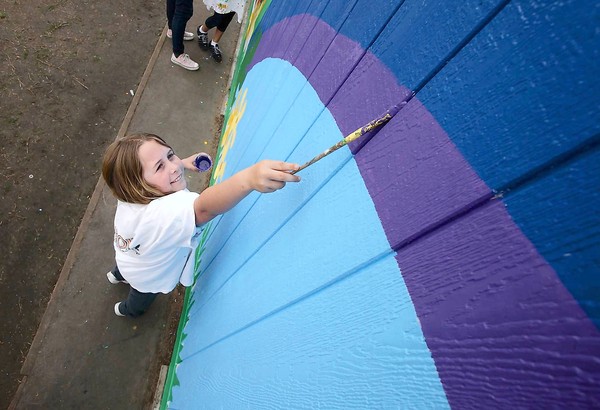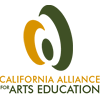Impact of Governor's Proposed Budget on Arts Education
 Governor’s Budget Favors Local Autonomy and Eliminates Most Categorical Funding
Governor’s Budget Favors Local Autonomy and Eliminates Most Categorical Funding
The Governor’s budget proposal, released last week, includes major changes to K-12 education finance. The proposal gives local districts greater flexibility and autonomy in how they use state funds, putting more decisions in the hands of local school boards, with fewer state restrictions and requirements. According to an analysis of the proposed budget by Alliance Lobbyist Kathy Lynch, the Governor’s proposal,
“Provides $1.6 billion for the "Local Control Funding Formula". The proposal is largely the same as Weighted Student Formula proposed last year in that the Administration proposes to eliminate the majority of categorical programs, consolidate funding with revenue limit apportionments, and provide funding through a new formula that will be phased in over a period of seven years. The proposal will be coupled with a system of accountability measures both at the state and local level.”
The elimination of categoricals may further distance school districts from a specific requirement to fund arts education activities. In districts where categorical funds designated for arts education were being used for that purpose, this could lead cash-strapped districts to the reduce funding for arts education programs. It will be important for local advocates to be track how districts intend to fund arts education if these changes are enacted.
With more and more funding decision in the hands of local districts, the Alliance has developed resources to support local arts education advocacy efforts:
1. Webinar: Creative Ways to Connect with Your Local School Board
Watch an archive of this event, hosted by the California Alliance for Arts Education and the California State PTA, online. It offers concrete ways to connect with newly elected school board members and promote arts education in local school districts. Email us for the link.
2. Toolkit: Make the Case to Your School Board
Visit the Make the Case To your School Board toolkit in our Action Center. It provides information on making a school board presentation, inviting an elected official to your arts classroom and much more. Click here.
3. Join the Local Advocacy Network
Start a local advocacy coalition in your community through our Local Advocacy Network. Visit the Action Center and click Start a coalition.










